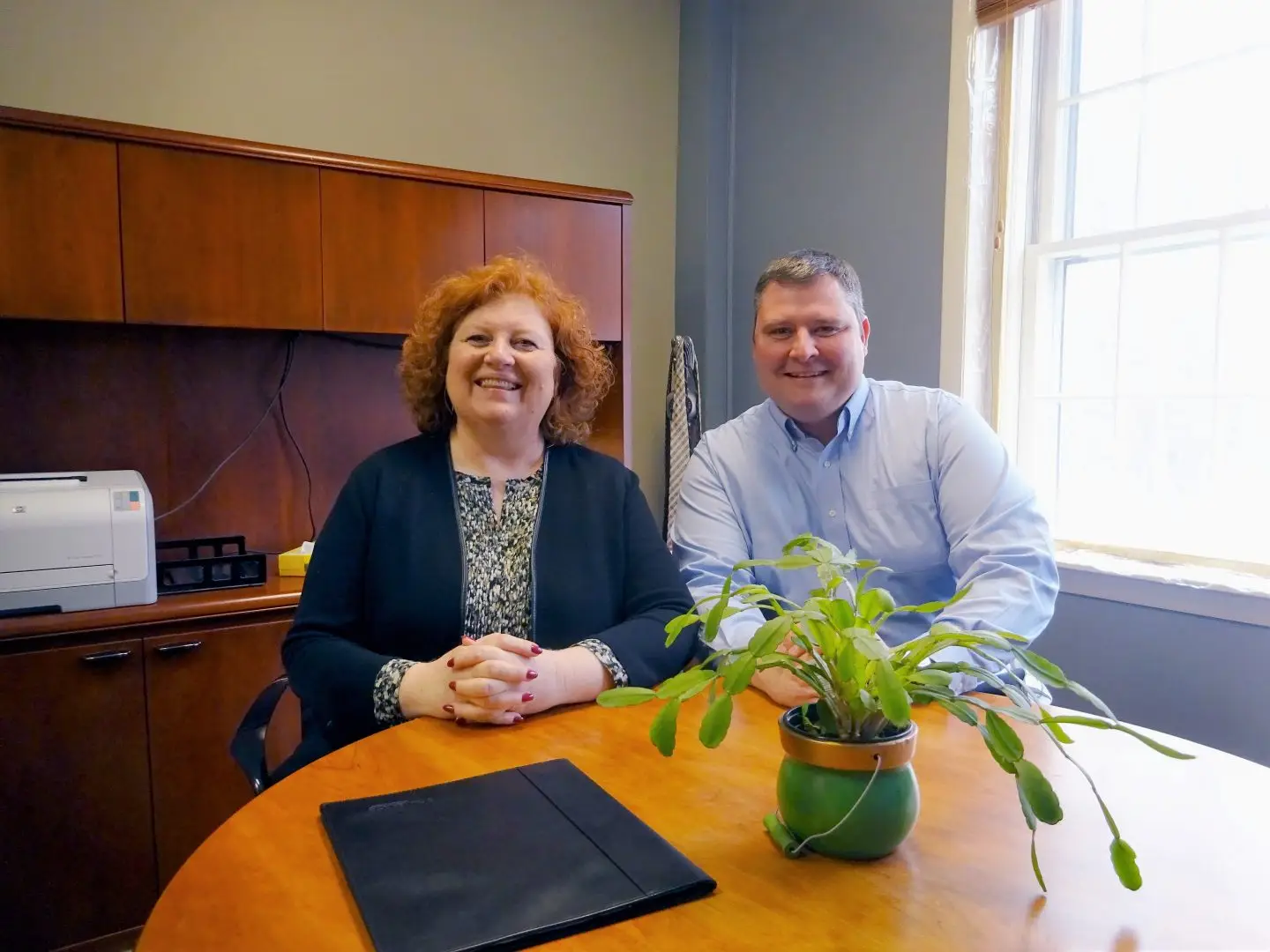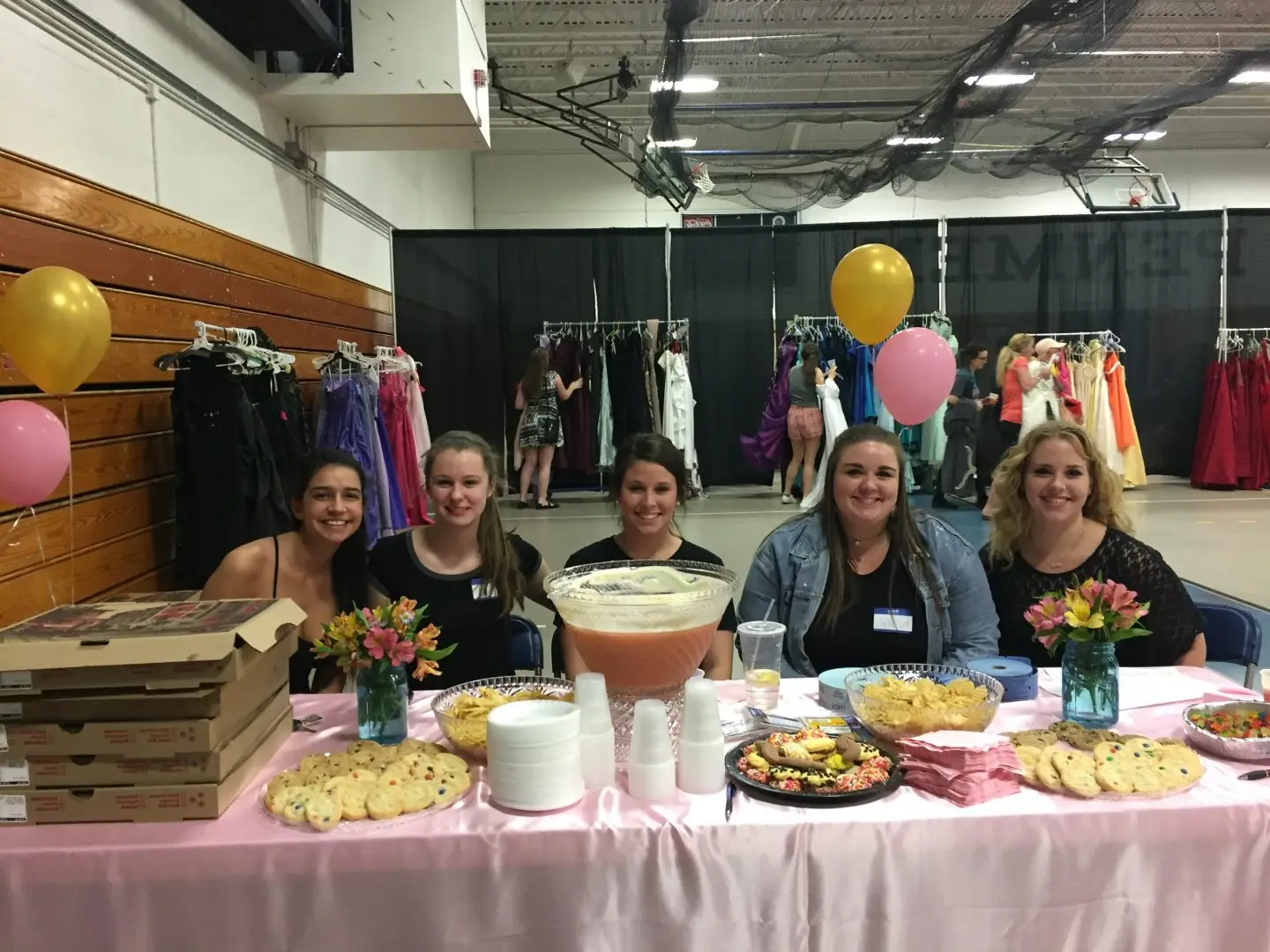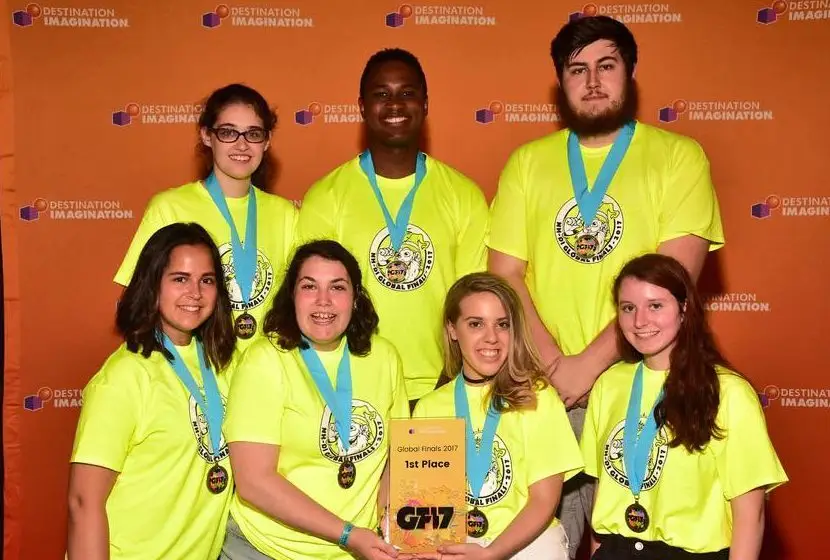Collaboration is key in any profession, and a space that allows people to work together is often one that cultivates success. The new Inkwell Studios in Robert Frost aims to welcome students from various disciplines to help create and develop projects with their peers in the game design programs.
Inkwell Studios is one of the many new installments that was put into Robert Frost at the beginning of the fall semester. It is meant to provide hands-on experience to students in the game design programs so that they can get a feel for what life will be like when they enter the actual gaming industry. However, Studio Director Benjamin Red spoke with enthusiasm as they explained that while the studio does give experience, it is different from its real-life counterpart because of what it hopes to achieve.
“This is very different than the studios in the industry where professionals work every day because it’s in a very different context. It’s not just a studio, it’s a studio in the context of an educational setting and serving very distinct educational goals,” said Red.
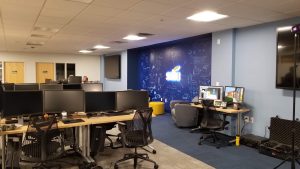
Red knows that the studio will be an important space for many students because of what it provides. It is a space for them to create and explore their abilities, but it is also a space for them to learn really influential lessons before they enter the actual field of game design. It is a space for them to fail.
“A big part of technology and a big part of games in particular is failing. It’s incredibly rare that someone’s first project is a smashing success…what you don’t tend to see as much of is the dozens of games that [huge developers] tried to take to market, but something went wrong along the way and they had to start over,” said Red. “That’s not the glamorous part of working in the gaming industry, but it is actually a very important part.”
This, among many other reasons, makes the studio anything but a conventional classroom. While there are students who work for credit with a list of goals and things to learn, the things they learn are more indelible because of the environment they are in.
Brian Conant (‘19), a Game Programming major, provided his own insight on the new studio and how he thinks it is beneficial to developing his skills as a gaming major. “A lot of the skills that you need to make games are things that you can’t really learn in a traditional classroom. You can learn programming all you want, you can learn 3DS Max all you want, but chances are when you’re working on a project, you’re going to be presented with some challenges that are very specific to that project. Each project comes with its own things like that and it really helps you become more versatile with the things that you’re going to experience in the game industry.”
This semester there is a core group of 16 to 20 students who work in the studio part-time for up to 20 hours a week. These are students who applied to work in the studio but were ultimately chosen by Game Design Coordinator Ed Brillant and one of the head gaming professors, David Carigg. Some of the projects that they are working on now include working with the Make-A-Wish program and Boston Children’s Hospital. They have begun working to create a virtual reality tour application for SNHU which can be used with the OculusGo to take on recruitment trips around the world. They plan to take 360 videos of different locations on campus to integrate them into the experience so that prospective students will be able to navigate SNHU from anywhere in the world.
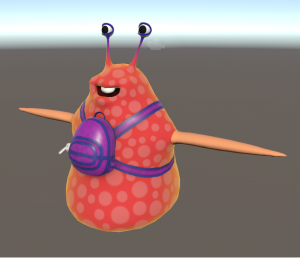
What is in the studio is just the start of something bigger. Some of the things that they want to try to accomplish in the future with the studio is to partner with more for-profit institutions and commercial institutions which will provide more of an opportunity for students to be paid for their work. They also want to try to take on big projects which will allow students to get professional licenses and will allow students use industry-level software.
Red also hopes to collaborate with other departments on campus so that students of all disciplines may have the opportunity to work with each other. There is already a possibility of working with students from the math department to create an augmented reality experience of the Arboretum located on campus.
“[With] Any school or program on this campus, there are projects that we might work on, and I hope that [what] we work on will involve those disciplines in so many different ways,” said Red.
All game design and programming students have daytime access to the studio from 9 a.m. to 5 p.m. The room will occasionally be reserved, but there is a sign on the door so that students will know when they can enter. However, Red encourages everyone to visit Inkwell so that they can see the potential and the environment that has been created there.
“I really enjoy exploring possibilities of what could happen in this space. So, I would say, [for] anyone who is interested in maybe being a part of this space, I would very much enjoy for them to come visit and start those conversations,” said Red.


